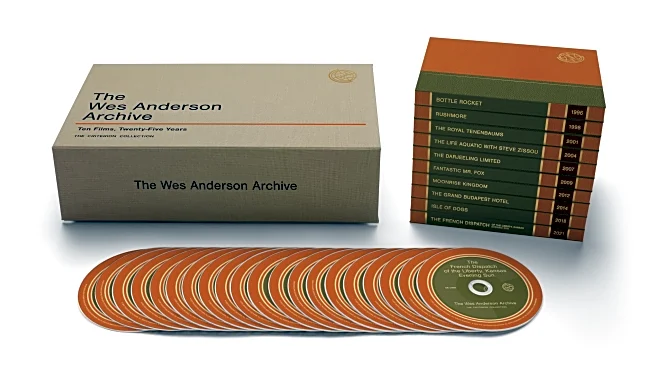What's Happening?
The New York Times Strands puzzle for November 16 presents a challenging theme titled 'Around it goes.' The puzzle requires players to find hidden words that fit the theme, with the goal of uncovering
all theme words, including the spangram 'THATSAWRAP.' Players are encouraged to find words of four letters or more to unlock hints. The puzzle's difficulty has led to the publication of hints and answers to assist players in completing the challenge. The Strands puzzle is part of a series of daily puzzles offered by the New York Times, including Wordle and Mini Crossword.
Why It's Important?
The Strands puzzle is a popular feature among puzzle enthusiasts, offering a daily mental challenge that engages players and encourages problem-solving skills. The publication of hints and answers reflects the puzzle's complexity and the demand for assistance among players. This engagement contributes to the New York Times' reputation as a provider of quality puzzles and intellectual entertainment. The puzzle's popularity may drive increased subscriptions and readership, benefiting the publication's business model and fostering a community of dedicated puzzle solvers.
What's Next?
As players continue to engage with the Strands puzzle, the New York Times may explore new themes and formats to keep the puzzles fresh and challenging. The publication might also consider expanding its puzzle offerings to include more interactive or digital formats, catering to a growing audience of online puzzle enthusiasts. Feedback from players could influence future puzzle designs, ensuring that the puzzles remain engaging and relevant. The success of the Strands puzzle may inspire other publications to develop similar offerings, contributing to a competitive puzzle market.
Beyond the Headlines
The Strands puzzle highlights the cultural significance of puzzles as a form of entertainment and mental exercise. It underscores the value of intellectual challenges in a digital age, where quick and easy entertainment options are abundant. The puzzle's complexity and the need for hints reflect the balance between challenge and accessibility, a key consideration for puzzle designers. As puzzles continue to evolve, they may play a role in promoting cognitive health and lifelong learning, offering benefits beyond mere entertainment.












